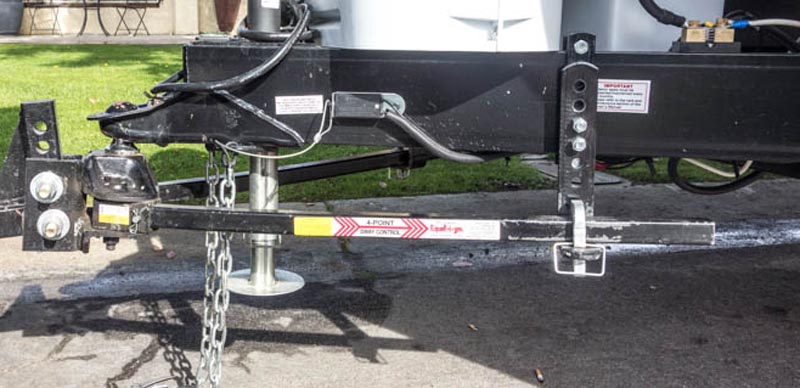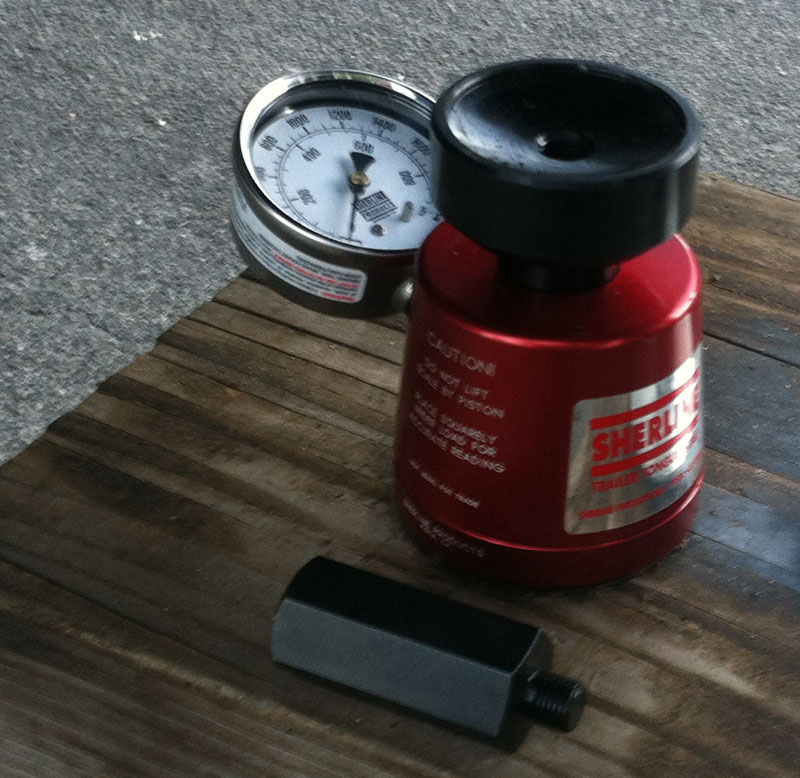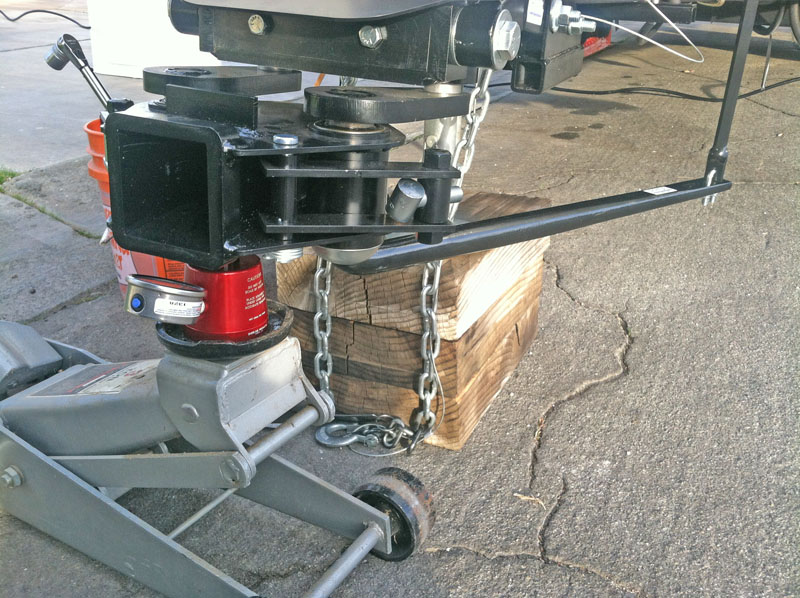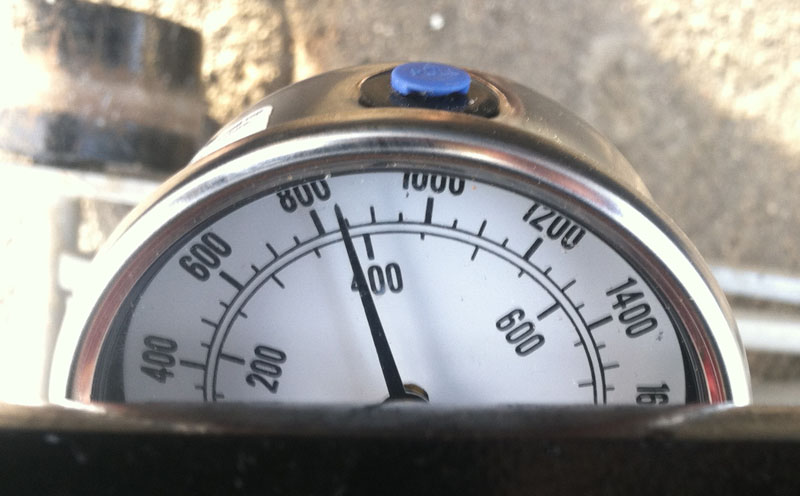

Seems that a lot of folks struggle with how to adjust their weight distribution hitch, or they haven’t read their vehicle’s Owner’s Manual or their trailer hitch Instruction Manual.
I prefer the ProPride anti-sway weight distribution hitch over anything else. However with the rising cost of steel, this units are now over $3,000. A 50% increase over what we paid for in 2008. A more budget friendly, but not a good, solution are the Equal-i-zer hitches. I have used them on two different trailers and can recommend them if a ProPride is beyond your budget.
Every weight distribution hitch I have ever seen uses weight distribution bars. These bars are like the handles on a wheelbarrow. The distribution bars are lifted at the back where they connect to the trailer and this force lifts the rear of the tow vehicle and shifts some of the weight to the front axle. I go into detail about this in the post titled, How Much Trailer Can You Tow (Part 2)? But let’s just go straight to the Short Version.
Short Version
Baseline Measurements
With the tow vehicle and trailer on a level surface and the trailer not connected, measure the height at a front wheel from the ground to the fender well opening. This is the base height. We can call it H1. Let’s assume this is 34 inches.
Now connect the trailer, with the tongue jack retracted and all the hitch weight on the tow vehicle. The weight distribution bars need to be disconnected.
Go back to the front of the vehicle and measure the ground to wheel well opening again. It will be higher. We can call this H2. For this exercise, we will assume H2 is 38 inches.
Calculations
We want to adjust the weight distribution bars so the front height is moved halfway between H1 and H2. We can call this target, T.
T = H1 + (H2-H1)/2
T = 34 + (38-34)/2
T = 34 + (4)/2
T = 34 +2 = 36 inches
Adjust the weight distribution bars until the front riding height is 36 inches. The tow vehicle may not be level, but we have approximately put 1/2 of the weight removed from the front axle when the trailer is connected without weight distribution back to the front axle by adjusting the weight distribution bars.
We need weight distribution because removing too much weight from the front axle can cause handling problems, or even safety concerns of serious consequence. On the other hand, putting too much weight back to the front axle can also cause handling problems and potential premature wear on the front suspension components.
Other Stuff
Truck and Trailer Specifications
The vehicle Owner’s Manual should have the specs for max trailer capacity and max hitch weight. It will also show what the maximum specifications are without a weight distribution hitch and with weight distribution. This is the correct source of weights. You don’t want to use any stickers on the hitch receiver, because it may not be correct, especially if it is an aftermarket unit.
The trailer manual should also show the maximum gross weight of the trailer and the hitch. Hitch weight needs to be between 10-15% of the trailer’s gross weight when the trailer is fully loaded with food, water, propane and all your gear and equipment. The only way to determine this is to weigh the trailer. Click here for detailed instructions on how to determine all your actual weights (tow vehicle front and rear axle, trailer, trailer axle, and hitch).
All these weights can be quickly determined by the scales used at truck stops. The cost is nominal to weigh your truck/trailer combination and many truck stops will allow a second weighing for free or a fraction of the original charge for the truck/trailer combo. This second weighing allows you to calculate the hitch weight.
Another way to measure the hitch weight is to use a Sherline Weight Scale.



The Sherline scales come in two models (LM1000) for 1,000 lb. and (LM2000) 2,000 lb. If your hitch weight is close to 1,000 lb. you probably want to consider the LM2000.
Lastly, don’t assume you can use a weight distribution hitch on any vehicle. For smaller vehicles, many car manufacturers say a weight distribution hitch cannot be used.
This website may be compensated for linking to other sites for sales of products. As an Amazon Associate I earn a small fee from qualifying purchases at no additional cost to the purchaser.